Knee roughness – some advice and therapeutic exercises for an easier life without pain , Knee osteo-arthritis occurs because of a lack of flexibility and the erosion of knee-stamped ogres, which is often naturally produced with age.
What symptoms would you feel?
You may be accompanied by a sustained mild feeling of pain with a sense of tyrannosis in the knee joint, and you may also experience that feeling that you are unable to move the knee freely, and we must not forget the famous symptom of the knee coarseness, which is the distinct sound of the joint cracking when it moves or what it’s called clicking and grinding.Knee roughness – some advice and therapeutic exercises for an easier life without pain
What do you have to do if you have a rough knee?
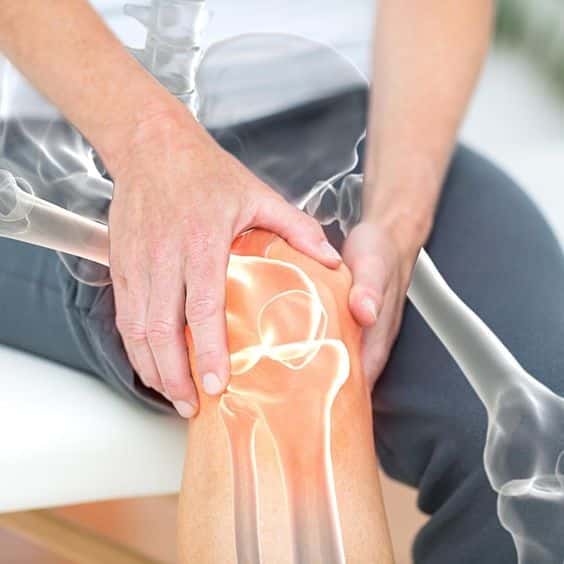
Move your knees as much as possible: some may avoid moving the knee joint for fear of pain, but let me tell you that moving the joint lightly is more useful than leaving it without moving for long periods of time, which may make the joint even worse, so my advice to you is to move but nicely.
If you’ve been sitting for a long time, bend your knees several times before you get up, it might ease your pain and lessen your sense of typhoid.
Maintain perfect body weight: Overweight is a heavy burden on the knee joint, called weight-bearing joint. This joint receives the full body weight to generate a significant pressure force on the cartilage inside the joint. Over time, and with daily activity, the extreme pressure force due to the excess weight leads to the erosion of the cartilage and the roughness of the knee, so one of the most important ways to control the roughness of the knee is to lower the weight and get the perfect weight.
- Use a tool to help you walk: lameness while walking can cause more stress in the joint, so in this case it’s advised to use a cane to lean on it while walking, which will reduce lameness and help you walk painlessly.
- Wear proper shoes: well-painted shoes that maintain the shape of a normal foot arch make standing and walking more comfortable. Better avoid high heels and those that don’t provide enough support and comfort to the feet.
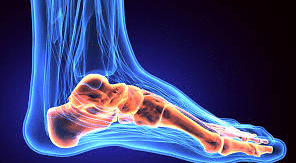
- Temperature and cold magic: Use cold or hot pads on the knee for 10-15 minutes as needed to reduce pain. It’s better to put a thin piece of cloth between the hot or cold surface and the skin surface. You don’t just need to use the heat or the cold, but you can apply both of them and switch between them from time to time.
- The right seating position: Make sure you choose a seat that keeps the femoral artery so that it is above the knee joint, move to the edge of the seat before it slowly rises.
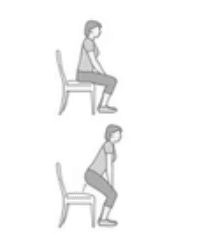
- Use my arm seat to push your body with the strength of your arms to help you get up, obviously lowering the weight and pressure on the knee joint.
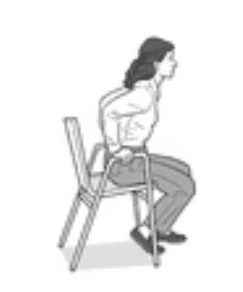
- Avoid sitting on the short seats and the juicy thighs and the short toilets, all of these things stress the knees and make it difficult to move from sitting to standing.
- Sleep: Use a pillow between your legs in case you sleep on either side, or put it down on the knees in case you sleep on the back.
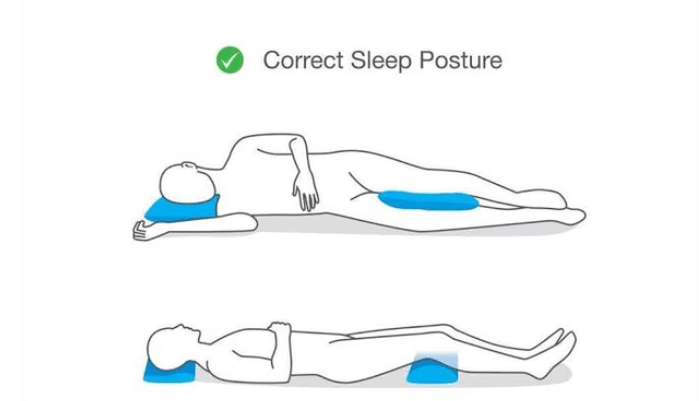
You might like :
- How to create a successful YouTube channel: tips for a strong YouTube presence
- The rivalry between Gemini and ChatGpt.. Is staying stronger or smarter?
- AI Image Modification
- Every genius has benefited from chatgpt technology to develop your business
- The most important courses you should learn to keep up with development in the coming years
- 7 out-of-the-box ideas for YouTube channel that are successful and the most important ways to succeed
- AI is a skilled doctor in the diagnosis of sleep respiratory disorder
Practice some exercise and therapy
Practice some exercise and therapy: This is my golden advice to anyone who suffers from knee coarseness.
Exercise plays an effective role in maintaining the natural scope of the movement without restricting it; it also reduces the sense of pain significantly.
- Aerobic Exercises:
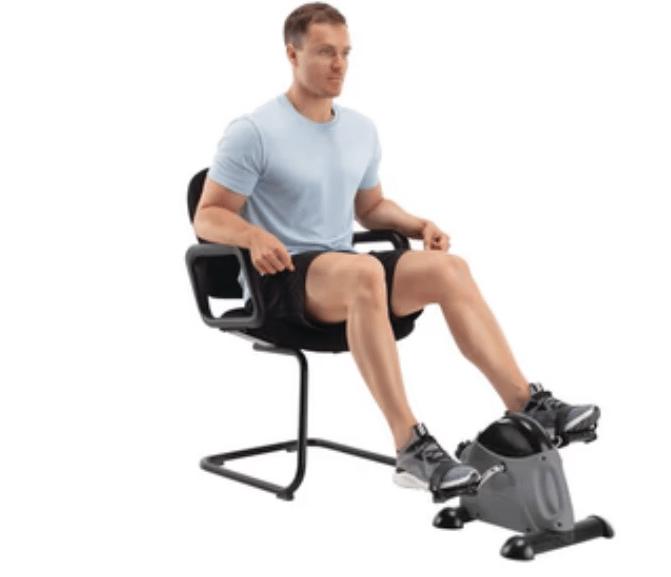
It is important to maintain regular exercise of this kind, such as riding a bike or using a sports machine called pedal exerciser or swimming practice. Make your daily goal of doing this kind of exercise for 30 minutes, and of course stop doing it if you increase your pain.
Now, let me give you some simple exercise that you can do on your own without needing help if you have a rough knee, moving and exercising is the best thing to do to manage this situation that many people are going through, and I should also point out that it’s perfectly safe exercise if you do it nicely and correctly.
- Stretching Exercises
These exercises help maintain the normal range of motion for the knee shaft and preserve muscle flexibility. Make sure you rehearse 3-4 times a day.
- A stretching exercise for the front femoral muscle.
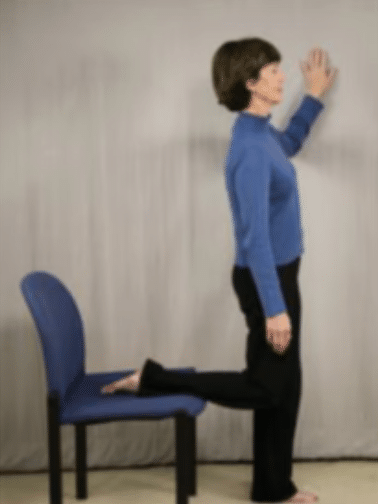
Stand by a wall or a table and base it on it to maintain your balance. With a chair behind you, bend your knee and put your foot on that chair. Nicely do a pull or a contraction in your buttocks and feel the stretch that’s happening in your front thigh muscles. Keep this up for 60 seconds.
- A knee-thumping exercise.
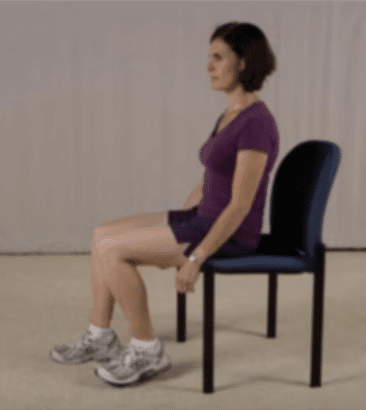
Bend your injured knee as much as you can and then put it back together and repeat it 10 times an hour, in case you’re sitting for a long time.
- The stretching exercise of the back femoral muscle.
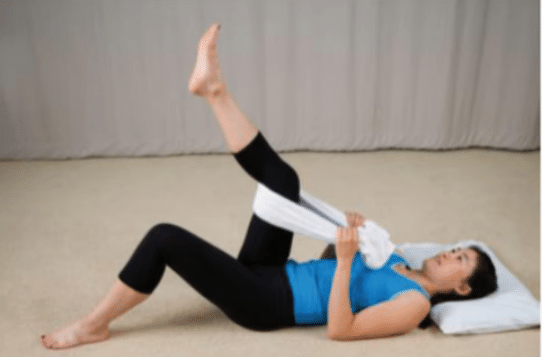
Lay down on your back with your knees bending. Grab a belt or an appropriate piece of cloth and put it behind your leg that you want to extend. Put your knees together until you feel the stretching and scrambling in the back thigh muscle. Keep this up for 60 seconds.
- Knee person practice.
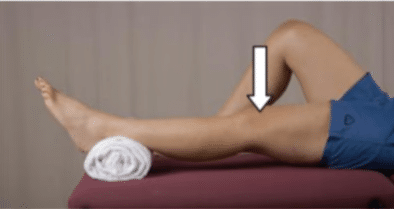
Put a towel or a folded piece of cloth under the heel so that the fatty muscle rises completely above the bedside and from this position, put your knees on. Hold that position 2-10 minutes and repeat it every two hours.
- Strengthening Exercises
Reinforcement exercises help to return to everyday activities while reducing the sense of pain associated with them.
- The first exercise is called Quadriceps Set
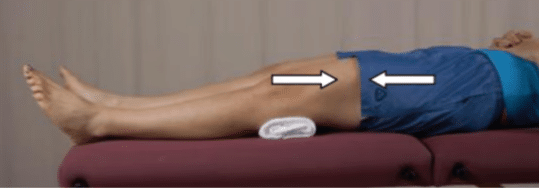
Put a folded towel down on your knee and from this position, put your knee down by causing a muscle contraction in the front femoral muscle Quadriceps. Hit your knees on the towel and hold that position for 5-10 seconds. Repeat this exercise 10-20 times 3-4 times a day.
- The second exercise is called Short Arc Knee Extension.
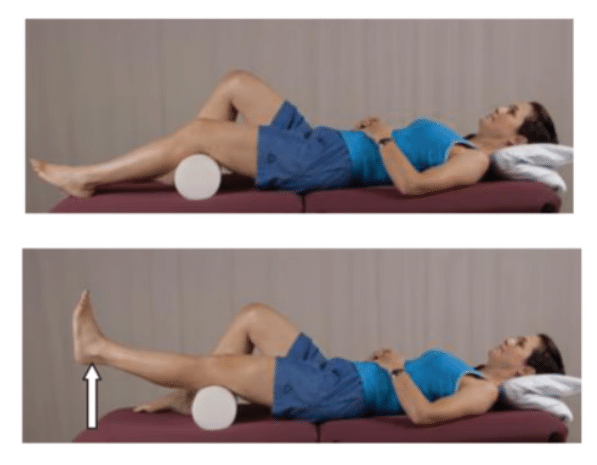
Lie on your back with a towel folded under the knee. Put your knees together and lift your heels up away from the bed. Keep your knees on so that you can still touch the towel while you keep the leg as single as possible for five seconds. Repeat this exercise 10-20 times at a rate of 3-4 times a day.
Finally, I would like to emphasize the importance of consulting your physiotherapist doctor or physiotherapist if you sense an increase in pain or new symptoms such as filtration or tingling and numbness.

